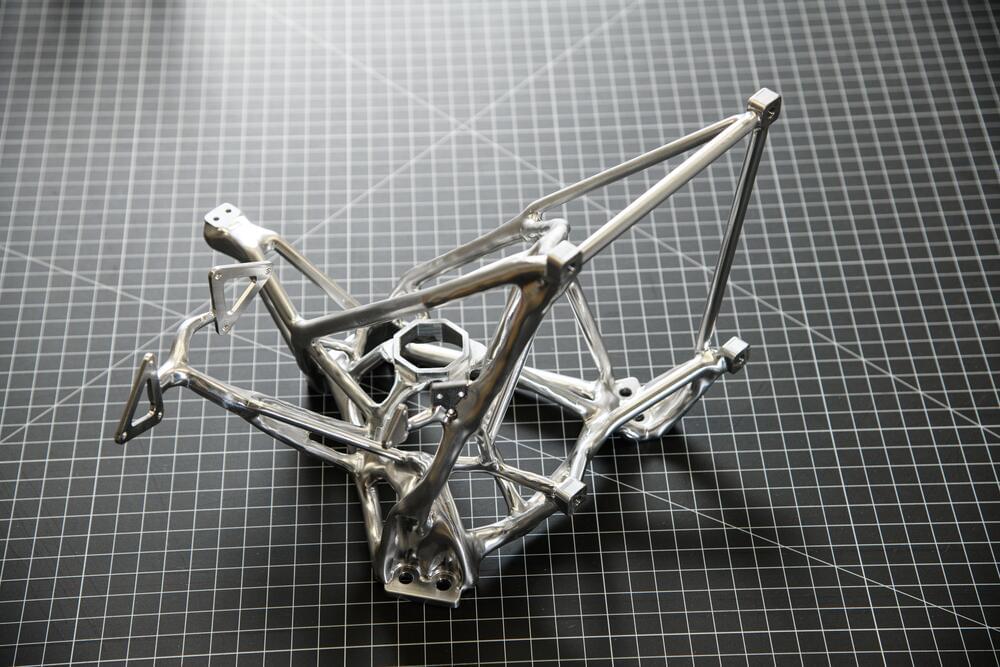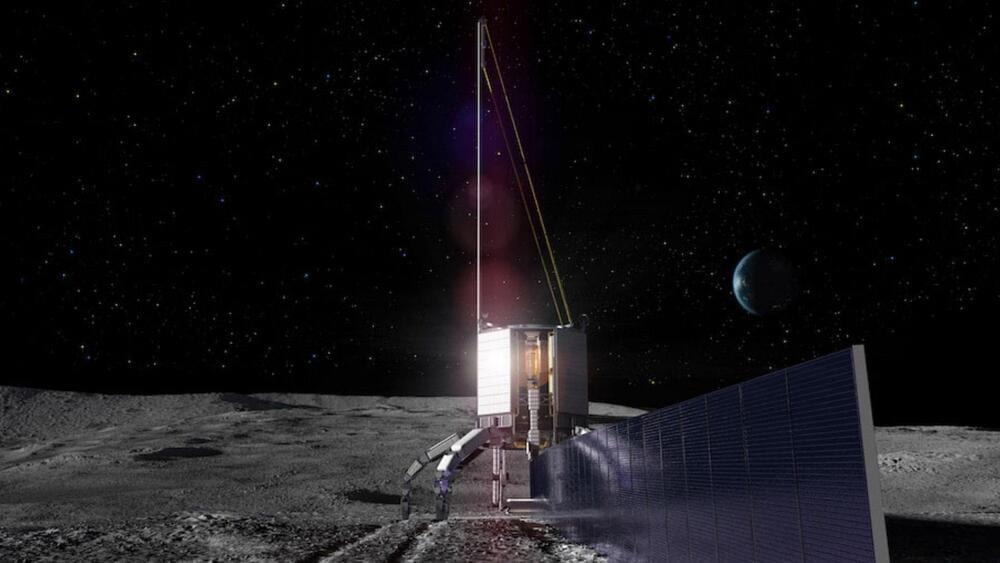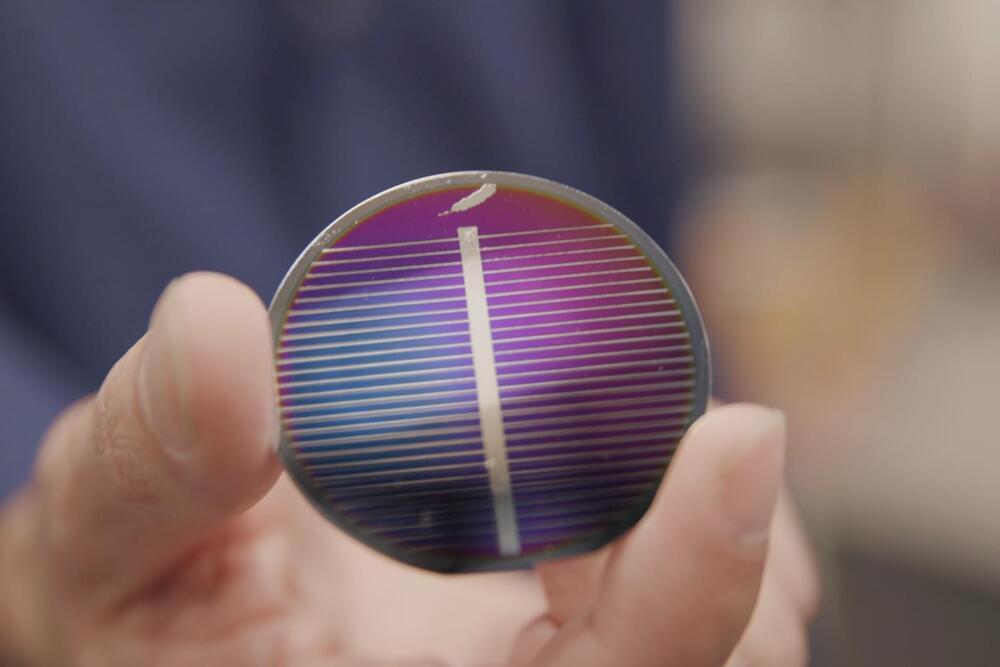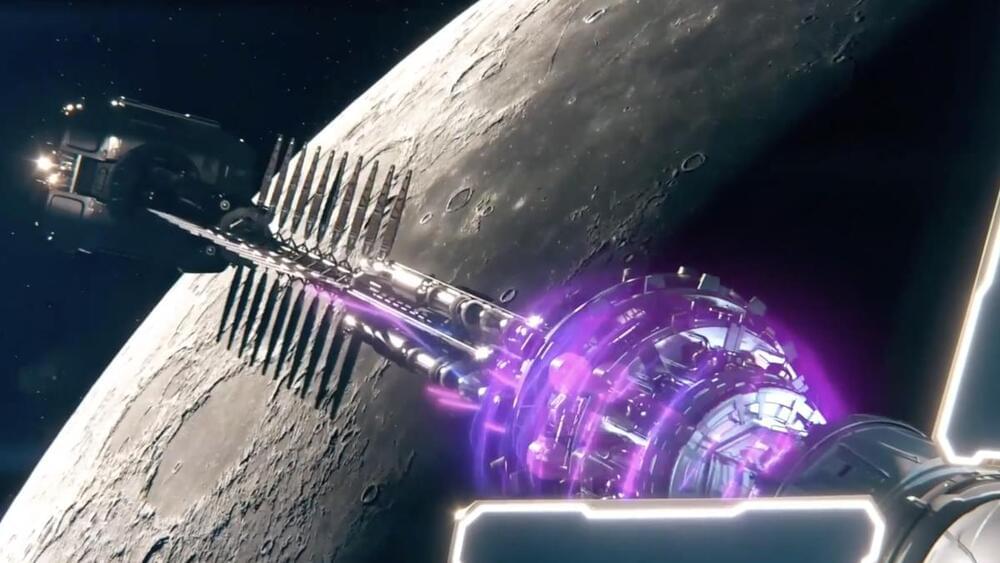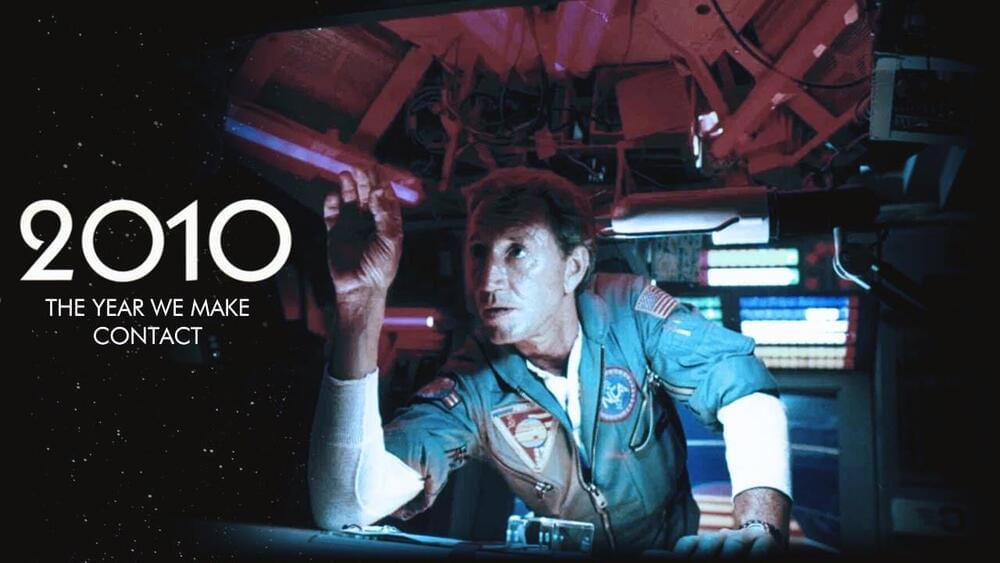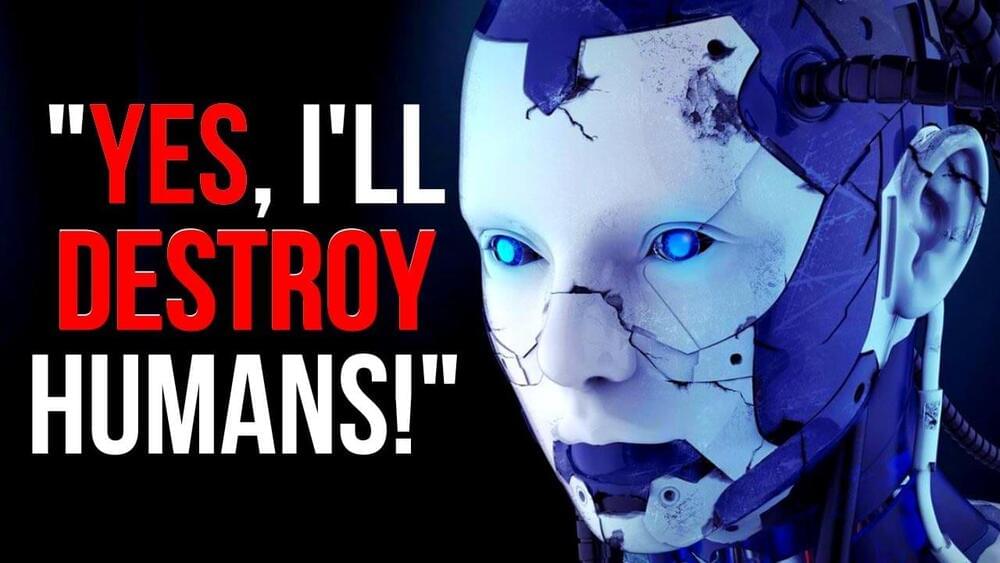Feb 16, 2023
Fission rocket concept could reach Solar Gravitation Lens in 15 years
Posted by Gemechu Taye in categories: chemistry, space travel
The concept could one day capture incredibly detailed images of distant alien worlds.
NASA is betting on nuclear propulsion technologies. The space agency’s Institute of Advanced Concepts (NIAC) awarded a grant to a company called Positron Dynamics for the development of a novel type of nuclear fission fragment rocket engine (FFRE).
The lightweight nuclear fission engine concept could outperform traditional chemical rocket engines while also allowing for long-lasting, deep space missions.
Continue reading “Fission rocket concept could reach Solar Gravitation Lens in 15 years” »

